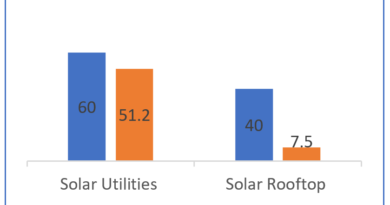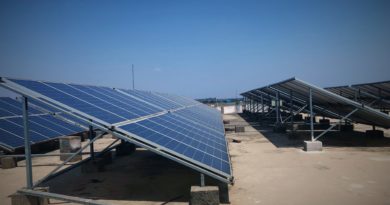PAY-AS-YOU-GO (PAYG/PAYGO) as a one-stop-shop to improve Energy Access Globally
Still a considerable number of world population either lack access to grid electricity or are under-electrified (a status of poor-quality grid power). Mostly these people are poor, and the lack of energy access should be considered as one of the reasons for their socioeconomic status. They usually have low energy demand (Lighting, Mobile Charging, Small enterprises, etc.) and can be met by a small capacity RE/Solar Energy sources like Solar Home System or Mini/Micro Grid Connection.
They may pay for the energy that they use but not the capital expenditure involved upfront to own/setup the energy-producing system. Nowhere in the world the consumers pay the capital expenditure involved to generate the power. So, these energy-deprived people should also get that privilege. Here comes the acceptance of the PAYG/PAYGO model which was initiated in Kenya and now being accepted across the globe as a real game-changer to serve these remote and low-income population.
PAYG/PAYGO is a digital financing technology that allows end-users to digitally pay for energy usages. PAYG /PAYGO is a pioneering, game-changing digital payment system that removes the initial financial barrier to energy access by allowing consumers to make a series of modest payments rather than paying upfront for the entire system.
PAYG/PAYGO companies can be divided into three groups:
- Distributed energy service companies (DESCO) or Renewable Energy Service Company (RESCO): they provide a given level of energy service in exchange for ongoing payments
- Asset finance or microloan providers: they offer rent-to-own models
- Business-to-business (B2B) intermediaries: supplying hardware and software support from global operations to last-mile energy service and payment logistics
Pay-As-You-Go (PAYG) model helps the customers to become the actual owner of the system through a pre-paid small installment along with its regular usages. This gives them the confidence of adopting the technology from the PAYG/PAYGO companies which are vertically integrated (one-stop-shop). They do all the below services to become self-sufficient for the complete system: –
- Hardware and software design
- Sales
- Distribution
- Service
- Financing
The other factors that have largely contributed to the growth of the PAYG/PAYGO model are:
- Rapid adoption of mobile phones
- Being a mobile payment, PAYG/PAYGO is cheaper than traditional microfinance options.
- Remote lockout technology (to lock the system in case the daily/monthly payment is not received)
Fee-For-Service (FFS) or Pay-As-You-Go (PAYG/PAYGO) businesses are capital intensive as the companies have to make significant initial investments in purchasing and installing of devices as well as establishing the necessary service infrastructure. These investments only get repaid over a longer period through the revenues of the services. Because of the potential in the PAYG/PAYGO model, the PAYG/PAYGO companies have been able to raise International funding in the last few years globally. The fund has been given in the form of Grant (for product development, pilot testing, etc) as well as Equity ( for growth & scaling up ).
In the energy access sector, PAYG approaches are mostly used to sell pico PV and Solar Home System products, but also mini/micro-grids can be operated by implementing a PAYG/PAYGO tariff.
References:-
- https://energypedia.info/wiki/Fee-For-Service_or_Pay-As-You-Go_Concepts_for_Photovoltaic_Systems
- https://energypedia.info/wiki/Pay-as-you-go_Approaches_(PAYGO)
- “Stimulating Pay- As- You- Go energy Access in Kenya and Tanzania: The Role of Development Finance “ by World Resources Institute



